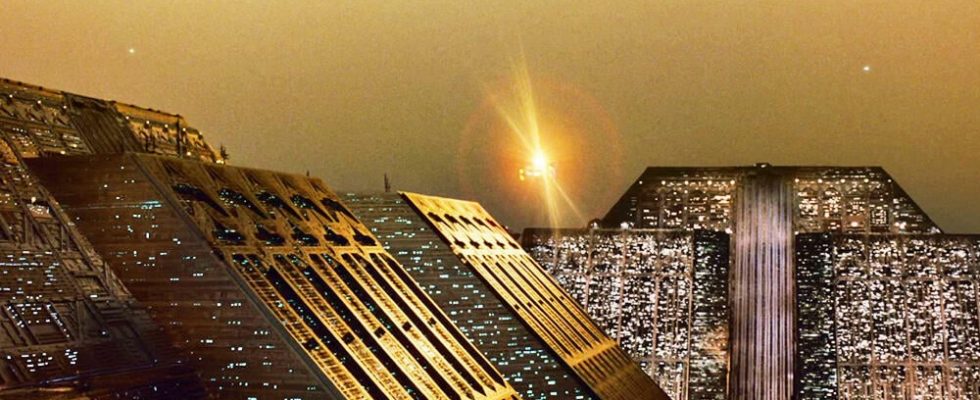In 1982, legendary director Ridley Scott filmed Philip K. Dick’s Do Androids Dream of Electric Sheep? under the title Blade Runner. The young Harrison Ford plays the grim, disillusioned ex-cop Rick Deckard, who is supposed to track down a group of escaped androids (artificially created people) and permanently put them out of circulation.
Whole seven versions of this sci-fi classic exist because those responsible at the studio repeatedly demanded controversial cuts and changes. Only about the one published in 2007 Final cut Ridley Scott retained artistic sovereignty. And you can do that in stunning 4K Get it for your home theater.
Blade Runner: Final Cut 4K at Amazon
deal
To the deal
Blade Runner: The Final Cut in 4K – this is the best version available
It’s unusual for a film to be available in seven versions. After the original theatrical version, a workprint was released in the 90s following positive test screening feedback. A director’s cut and a US TV version were later added. Ultimately, the digitally restored final cut was released in 2007, which is also Ridley Scott’s preferred version.
The final cut is also considered by most audiences to be the best version, even if it is a significantly different experience than that of cinemagoers in 1982. The Final Cut is significantly darker than the theatrical release, there is no voice over and the ending is anything but happy. Also unique is Deckard’s unicorn dream, which, unlike all other versions, is included in its entirety. Last but not least, some cuts and brutal scenes from the international theatrical version made it into Ridley Scott’s ultimate sci-fi dystopia.
This is what the home cinema version offers:
Warner
Blade Runner in 4K
Tip for collectors: You can currently get a nice one on Amazon Steelbook Edition * from the Titans of Cult series, but only as a French import. Two coasters and a Voight Kampff pin are included as special extras. Unfortunately, the Steelbook has been sold out in Germany since last year.
From cinema flop to sci-fi classic: This is how Blade Runner became a cult
Do Androids Dream of Electric Sheep? In times of rapid development of artificial intelligence and machine learning, the central themes of Philip K. Dick’s sci-fi novel are more relevant than ever. As early as 1968, the literary template for Blade Runner dealt with the question of what actually makes us human and what distinguishes us from artificially created androids. Both works are primarily responsible for the founding of the cyberpunk genre.
The (first) cinema release in 1982 was not successful. After a strong opening week, the sci-fi flick disappointed financially. This was partly due to the strong competition on the big screens, as heavyweights such as ET – The Extra-Terrestrial, Conan the Barbarian and Star Trek II: The Wrath of Khan appeared during the same period.
Blade Runner also initially received mixed reviews from critics. It took years for the layered layers of neo noir sci-fi to be appreciated. Fortunately, in the years following its release, a steady following of fans developed, which ripped the title off the shelves of video stores. Today, Blade Runner is considered one of the most influential sci-fi films of all time. In 2017 it was masterfully continued with Blade Runner 2049, one of the best sequels in recent film history.
*. If you purchase through this link, we will receive a commission.
